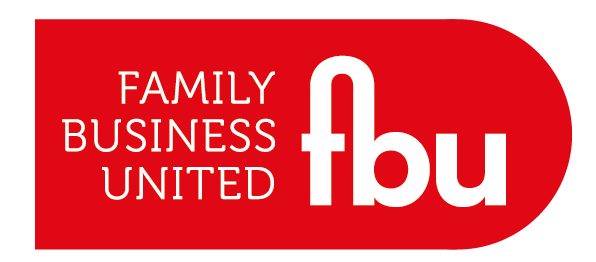The Succession Paradox
- Paul Andrews - Founder & CEO, Family Business United

- Jun 23, 2015
- 2 min read

Succession in terms of business leadership confronts the founder of a family business with a complex set of options as Peter Leach explains below. In broad terms these are:
Appoint a family member
Appoint a caretaker manager
Appoint a professional manager
Exit via sale of the business, in part or in par
Exit via liquidating the business
Do nothing.
Each option is distinctive and carries its own set of advantages, disadvantages, opportunities and threats. Also, the scope and impact of these will vary from one family business to another depending on, for example:
The ability to attract family and non-family successors who are willing and have the skills to carry on the business
The financial needs of the family (for example, whether cash needs to be extracted from the business to provide for the retirement of the senior generation
The personal and corporate taxation consequences of the different options
The health and size of the business
The external commercial and business environment at the time of succession.
If there is a commitment to retain direct control over the business, the first option of appointing a family member to succeed is seen as particularly attractive by many founders. Research by IMD has found that, if there’s a suitable candidate, owners will choose a ‘family solution’ for several reasons:
It gives their personal ideas and values a greater chance of survival
They can feel their life’s work is in good hands
They don’t lose contact with the business, and may even retain some influence over it
They feel their sacrifices building up the business will have been worthwhile.
The appointment of a non-family successor, either to a permanent position or as a caretaker (options 2 and 3), may become the strategy by default if no family successors are available, motivated or have the necessary skills for the task. Genetics do not guarantee that families can produce entrepreneurial business leaders generation after generation.
In terms of exit routes, some form of sale as a going concern (option 4) is likely to recover most value from the business. Alternatives within this option include a trade sale (ie an outright sale of the business for cash),which may be particularly appealing where no suitable successors can be found, or a stock market flotation can be the best answer if external capital to finance growth is a priority. Similarly, a management buy-out financed by private equity funding (a sale by the founder to the existing management team, which may include family members), can offer a compromise between transferring the shares to the family and an outright trade sale.
Liquidation (option 5) entails selling of all the company’s assets, paying its outstanding debts and dismissing the workforce. It also involves substantial expenses and is unlikely to result in the best price being obtained.
Finally, the founder may simply avoid planning for succession by adopting the ‘do nothing’ approach (option 6), and here lies the central paradox.
Despite founders professing that a ‘family solution’ is their preferred course, in practice the dynastic dream is rarely achieved. Doing nothing is the least logical, the most costly, the most destructive off all the options, yet is by far the most popular.








%20copy%20(4)%20copy%20(1)%20copy%20copy%20(1)%20copy%20(1)-Medium-Quality.jpg)



.png)
























